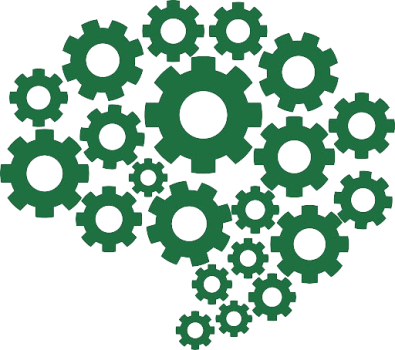Menu


How Neurofeedback Can Help with Autism
Neurofeedback works by treating the problem at its source. No band-aids and no quick surface-based solutions. Neurofeedback massively improves the symptoms of autism by increasing a person’s Alpha amplitudes. It has also been proven to reduce anxiety and overwhelm which often come along with Autism, and tend to exacerbate the situation. Neurofeedback can be a game changer for those living with Autism, helping them improve in the areas they lack most and refine their cognition and communication skills.
Neurofeedback is especially suited to clients struggling with ASD because, unlike traditional therapies, this is not talk based. Here, most of the work happens at a subconscious level, making it the perfect fit for clients who may face cognitive barriers and would find the open communication required in conventional therapies difficult and overwhelming.
Neurofeedback: Non-invasive autism therapy
Neurofeedback is completely non-invasive. It’s just you, your brain, and some clever technology working together to help you feel better.
The changes you’ll experience with neurofeedback can stick with you, helping you maintain those positive vibes long after your sessions are over.
Everyone’s brain is different, so neurofeedback is tailored to your unique needs.
We would love to get to know you and your brain, so we can get you started on your neurofeedback journey to better brain health.
Click here to book your at-home assessment or try a free consultation first.
Quick Links
28 Carlton Road, Monsey, NY 10952
+929 582 3135